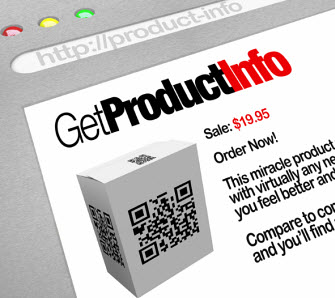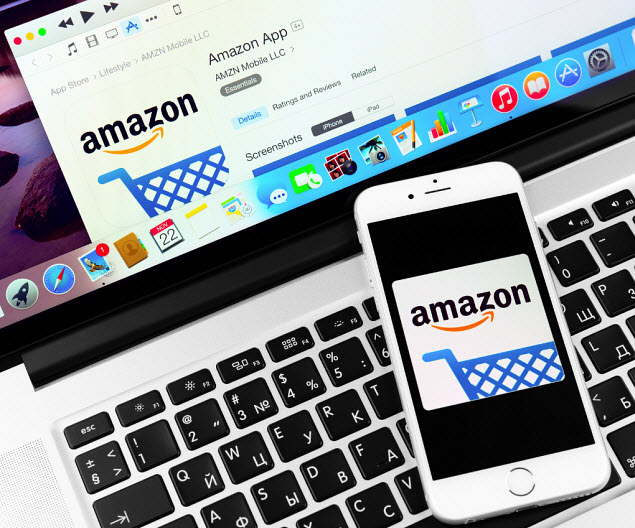Greatview Aseptic Packaging will allow consumers to trace their products back to the source.
Customers shopping for certain brands of milk will soon be able to scan QR codes printed on their cartons in order to be able to learn about the history of that specific product, right back to its beginnings.
These quick response codes are the result of a new program through Greatview Aseptic Packaging.
This company is the second largest roll-fed aseptic carton packaging material supplier in the world. It has made it possible to add traceable unique QR codes to its cartons by working along with other parts of the supply chain, WeChat (from Tencent) and RT-Mart (from Mengniu), the Chinese retailer. In this way, it has been able to add the Traceable+ feature to the “Selected Meadow” brand of milk.
Customers can use their smartphones to scan the QR codes to trace their milk products back to their origins.
 By doing this, they will not only be able to learn about the specific milk carton that they have scanned, and its history, but they can also receive additional value added services such as price discounts. This effort by Greatview is meant to benefit both the consumer and the supply chain and producers by providing targeted advertising opportunities unlike those that are currently available.
By doing this, they will not only be able to learn about the specific milk carton that they have scanned, and its history, but they can also receive additional value added services such as price discounts. This effort by Greatview is meant to benefit both the consumer and the supply chain and producers by providing targeted advertising opportunities unlike those that are currently available.
The Mengniu COO, Bai Ying, explained that “Our partnership with Greatview, WeChat and RT-Mart has been inspired by China’s ‘Internet Plus’ strategy, which aims to integrate the internet with traditional industries. For consumers, our new offering means a more comprehensive user experience, while for us it represents a window for leveraging a fully functional big data platform.”
The Greatview CEO, Jeff Bi, also explained that the Food Safety Law in China now states that manufacturers are responsible for the creation of complete traceability systems for their supply chains. By implementing the QR codes on milk cartons, the company has been able to not only comply with this upcoming law, but it also makes it possible for producers and consumers to benefit from what it has to provide in terms of both information and advertising.
This online marketplace appears to be the top starting point for people looking for products.
When it comes to the search for information, Google still reigns supreme, but when consumers have a product in mind, the mobile shopping trends now show that Amazon is the place where they are most likely to start.
A recent study has shown that 45 percent of mobile shoppers look to Amazon first when seeking a product.
While 63 percent of mobile consumers will still use Google when they are trying to find information about a topic or a product, when the time comes that they actually want to make a purchase, their attention is turned to Amazon for that first query, 45 percent of the time. The mobile shopping trends study was conducted in the form of an analysis of tracking data with regards to the decision process of a panel made up of 2,000 mobile shoppers, online. The study was conducted by both Pymnts and Amazon, which are both companies involved in mobile payments.
They discovered some very insightful mobile shopping trends, regarding searching behaviors.
 What they discovered was that when consumers want to buy something online 64 percent will begin by conducting a search at an online marketplace, while another 48 percent will begin their effort at a specific favorite merchant. Only 40 percent started a shopping experience by using a search engine.
What they discovered was that when consumers want to buy something online 64 percent will begin by conducting a search at an online marketplace, while another 48 percent will begin their effort at a specific favorite merchant. Only 40 percent started a shopping experience by using a search engine.
In terms of mobile commerce, this searching trend does make a great deal of sense, as these devices are not used in the same way as laptops and desktops. Someone who is trying to find a product while using a smartphone is much more likely to be conducting a search for something specific, and may be looking for the item based on their current location, as opposed to absolutely everything that is available online.
While many laptop and desktop users conduct searches with the intention to buy online, mobile shopping trends show that many of their product queries are for products that they want to better understand but then purchase in a brick and mortar shop. They will often try to ensure that the retailer does sell the product, that it is in stock, and that they have the best price that can be found locally.
 By doing this, they will not only be able to learn about the specific milk carton that they have scanned, and its history, but they can also receive additional value added services such as price discounts. This effort by Greatview is meant to benefit both the consumer and the supply chain and producers by providing targeted advertising opportunities unlike those that are currently available.
By doing this, they will not only be able to learn about the specific milk carton that they have scanned, and its history, but they can also receive additional value added services such as price discounts. This effort by Greatview is meant to benefit both the consumer and the supply chain and producers by providing targeted advertising opportunities unlike those that are currently available.
 What they discovered was that when consumers want to buy something online 64 percent will begin by conducting a search at an online marketplace, while another 48 percent will begin their effort at a specific favorite merchant. Only 40 percent started a shopping experience by using a search engine.
What they discovered was that when consumers want to buy something online 64 percent will begin by conducting a search at an online marketplace, while another 48 percent will begin their effort at a specific favorite merchant. Only 40 percent started a shopping experience by using a search engine.